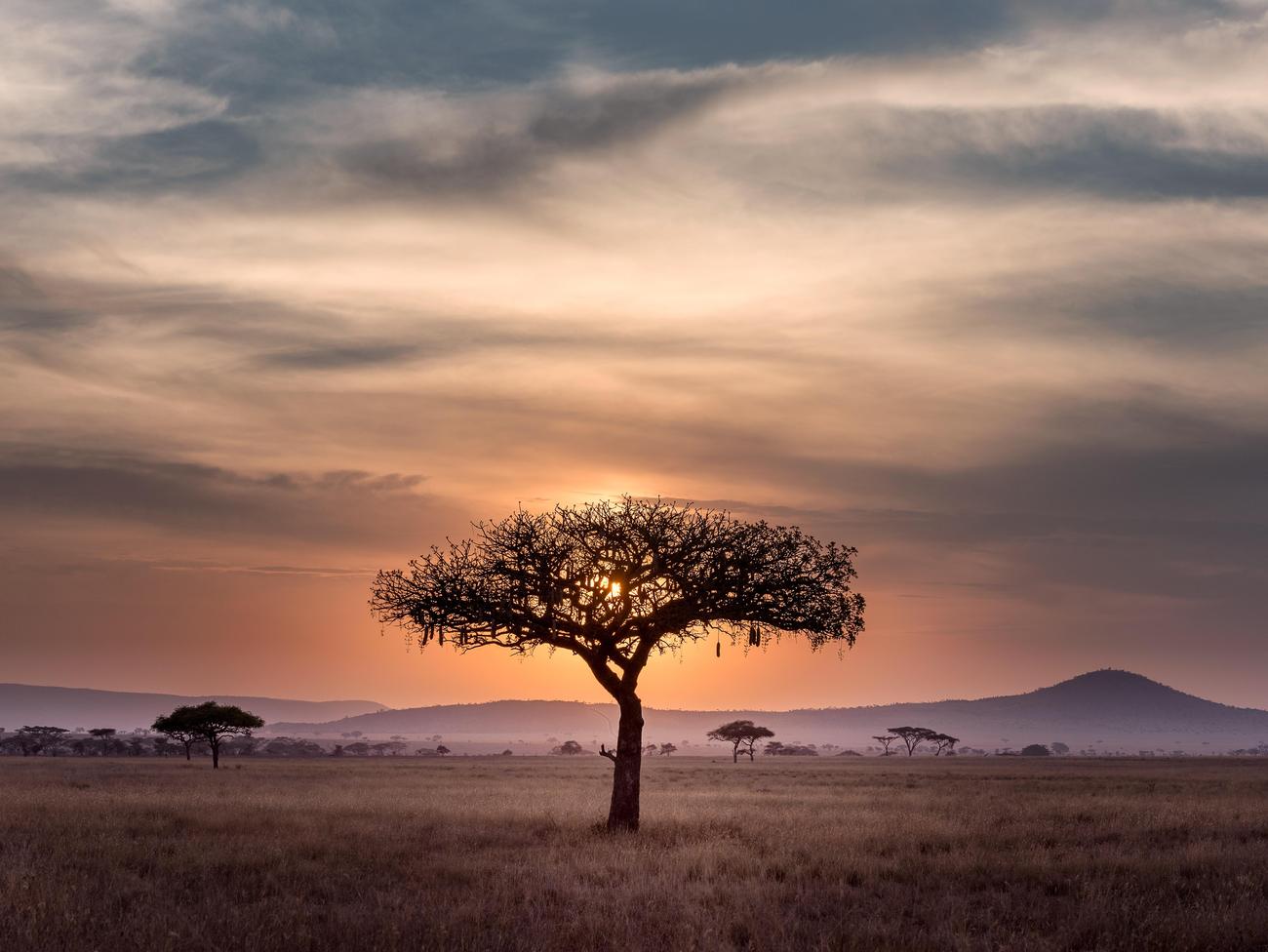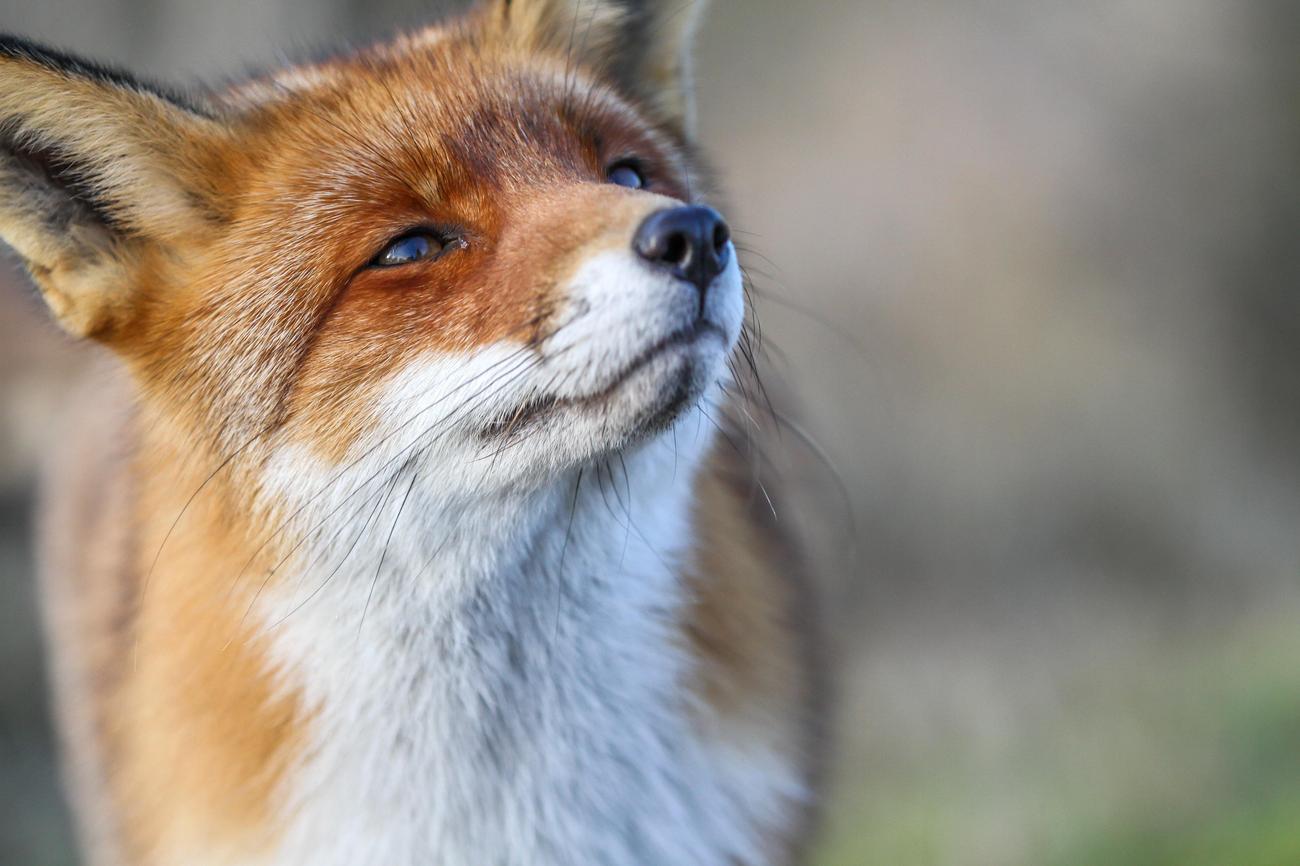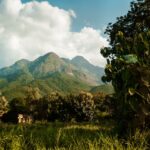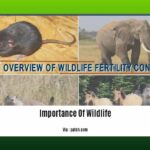When is the Great Migration in Tanzania? A Spectacular Natural Phenomenon

Witnessing the Great Migration in Tanzania is a once-in-a-lifetime experience that leaves visitors in awe of nature’s grandeur. Every year, a captivating natural phenomenon unfolds as over two million wildebeest, zebras, and other herbivores embark on an epic journey in search of fresh grazing grounds. Driven by instinct and necessity, the Great Migration is a breathtaking spectacle that unfolds across the plains of Tanzania. For wildlife enthusiasts, photographers, and adventure seekers, understanding when and where this awe-inspiring event takes place is essential. In this article, we explore the timing and significance of the Great Migration in Tanzania, providing a guide for those eager to witness this remarkable natural spectacle.
When is the Great Migration in Tanzania?
Welcome to the breathtaking world of the Great Migration in Tanzania, a captivating natural phenomenon that will leave you in awe of the wonders of the animal kingdom. If you’re wondering when is the best time to witness this spectacular event, you’re in the right place. Let’s dive right into the heart of the migration and discover the answer to the question: When is the Great Migration in Tanzania?
The Great Migration in Tanzania typically takes place during the months of July and August, making it the perfect time to experience this awe-inspiring spectacle. During these months, over 1 million wildebeests and other herbivores embark on an epic journey across the Serengeti plains, braving treacherous obstacles and showcasing the true essence of survival.
As the migration unfolds, the wildebeests make their way towards the Mara River, a crucial obstacle they must overcome in their quest for greener pastures. The river, infamous for its infestation of crocodiles, becomes a theater of life and death as the herds brave the treacherous waters. Witnessing this primal struggle is an experience like no other, as nature’s drama unfolds before your very eyes.
But the journey doesn’t end there. The migration continues its relentless push northwards, spreading across the Grumeti Reserve, Ikorongo, and finally reaching the heart of the Serengeti National Park. Imagine being amidst this incredible movement, surrounded by a sea of animals as they embark on their epic voyage. It’s a sight that will leave a lasting impression and create memories that will stay with you forever.
So where can you witness this extraordinary natural event? Tanzania offers various locations for you to catch a glimpse of the Great Migration. The Serengeti National Park, with its vast grassy plains and abundance of wildlife, provides an ideal setting to observe this annual phenomenon. And if you’re up for an adventure, the Maasai Mara Game Reserve in Kenya, where the wildebeests eventually reach, is another excellent option.
Feast your eyes on the sheer magnificence of the migration as over a million wildebeests, accompanied by zebras and gazelles, embark on a journey that covers approximately 800 kilometers. Marvel at the synchronization of their movements, as if nature’s own symphony is playing out in front of you. It’s an experience that will leave you humbled and grateful to be a witness to such grandeur.
But what triggers this incredible journey? The timing of the Great Migration coincides with the greening of nutritious grasses during the wet season. It provides the perfect opportunity for the wildebeests to find abundant food and a safe haven for calving. It’s a time of renewal and sustenance for these animals, and you get a front-row seat to this natural cycle of life.
Of course, such a perilous journey doesn’t come without its challenges. River crossings pose a significant danger, with the ever-present threat of crocodile attacks. It’s a test of survival and a reminder of the harsh realities of the animal kingdom. But witnessing the triumph of these animals as they navigate these obstacles is a testament to their resilience and adaptability.
In conclusion, the Great Migration in Tanzania is more than just a natural event; it’s a once-in-a-lifetime experience that will leave you in awe of the wonders of the animal kingdom. The best time to witness this incredible phenomenon is during the months of July and August, when the wildebeests embark on their epic journey across the Serengeti plains. So mark your calendars, pack your bags, and prepare to be amazed by the grandeur of the Great Migration in Tanzania.
“Step into the realm of the Great Migration and witness a spectacle that will leave you breathless. It’s a journey like no other, a symphony of life that unfolds before your very eyes.”
Tanzania is a country of natural wonders and cultural richness. If you’re curious about this vibrant East African nation, you’re in luck! We’ve compiled a list of 10 fascinating facts about Tanzania that will leave you amazed. From the majestic Mount Kilimanjaro to the stunning Serengeti National Park, this article dives deep into the breathtaking landscapes and incredible wildlife that make Tanzania truly unique. So, what are you waiting for? Click here to uncover the untold secrets of Tanzania: 10 facts about Tanzania. Prepare to be captivated by the wonders that await you in this enchanting destination!
The Serengeti Wildebeest Migration: A Marvelous Natural Phenomenon
[youtube v=”aGNn9vOz-Vo”]
Overview of the Serengeti Wildebeest Migration
The Serengeti wildebeest migration is a breathtaking event that takes place annually in Tanzania and Kenya, two Eastern African countries known for their wildlife diversity. More than a million wildebeests, along with zebras and gazelles, embark on a arduous journey across the vast plains of the Serengeti Mara ecosystem, constantly on the move in search of fresh grazing areas and water sources. Throughout their migration, they face the constant threat of East Africa’s most formidable predators.
A Predictable Yet Unspecific Route
While the migration follows a broadly predictable pattern, it does not adhere to a specific route. The timing of the migration varies each year, but it is possible to make informed predictions regarding the densest concentrations of wildebeests. At the start of the year, the herds are dispersed across the southern Serengeti’s short grass plains. Here, they graze and prepare for the mating and calving season, a period of intense activity. As the calves grow, the herds begin to move west and north towards the Western woodlands.
The Fascinating Stages of the Migration
In April, the mega herd migrates northward to the central Serengeti, which can be easily accessed by visitors. This region becomes the busiest part of the Serengeti National Park as thousands of animals amass around the Mora copies and west of Saron era. As the migration progresses, with the herds moving at a rapid pace, June marks the mating season or rut when many herds gather in the Western Corridor.
The Perilous Crossing of the Grumeti River
One of the most perilous and dramatic events of the migration occurs when the herds halt briefly at the Grumeti River, most commonly from June to early July. Crocodiles that have eagerly awaited their arrival throughout the year lie in wait. After overcoming this challenging obstacle, the herds make their way towards the northern Serengeti and Kenya’s Maasai Mara.
A Dazzling Display of Nature’s Resilience
By August, the majority of the migration reaches the Maasai Mara, dispersing across the Mara and OCR sectors of the region. Here, they graze and rest while their six-month-old calves gather strength. River crossings, which occur frequently during this period, offer breathtaking spectacles as the herds jostle by the banks before plunging into the crocodile-infested waters. In October, the reduced herds begin their long journey back to the southern Serengeti’s short grass plains.
Witnessing The Serengeti Wildebeest Migration: Nature At Its Finest
Each step of the migration is a testament to the resilience and adaptability of these animals. It is an awe-inspiring display of nature’s wonders that showcases the harmonious rhythms of the animal kingdom. To truly grasp the magnitude of this phenomenon, one must experience it firsthand. The Serengeti National Park and Maasai Mara Game Reserve are ideal locations to witness this grand spectacle, providing an opportunity to witness the migration’s extraordinary stages, from the Grumeti River crossings to the breathtaking presence of the mega herd on the short grass plains.
In Conclusion
The Great Migration in Tanzania is a once-in-a-lifetime experience that highlights the marvels of the natural world. Over one million wildebeests, accompanied by zebras and gazelles, embark on an epic journey across East Africa, facing numerous challenges along the way. From the treacherous river crossings to the formidable predators lurking in their path, these animals endure a daunting test of survival. Witnessing the Serengeti Wildebeest Migration is a true privilege, allowing one to witness the resilience and adaptability of these remarkable creatures and gain a deeper appreciation for the intricate tapestry of life on our planet.

FAQ
Question 1: When is the best time to witness the Great Migration in Tanzania?
Answer 1: The best time to see the Great Migration in Tanzania is during the months of July and August. This is when over 1 million wildebeests and other herbivores cross the treacherous Mara River, infested with crocodiles, to reach the Masai Mara Game Reserve in Kenya. The migration continues northwards during July and August, spreading out across the Grumeti Reserve, Ikorongo, and the heart of the Serengeti National Park.
Question 2: What locations in Tanzania offer opportunities to witness the Great Migration?
Answer 2: Visitors can witness the Great Migration in various locations, such as the Serengeti National Park and the Maasai Mara. These regions provide the ideal habitats for wildebeests, zebras, and gazelles during their annual migration journey.
Question 3: How many animals are involved in the Great Migration?
Answer 3: The Great Migration is the largest mass movement of land mammals on Earth, involving over a million wildebeests, as well as zebras and gazelles. Witnessing this impressive natural event offers a remarkable opportunity to observe the sheer number and diversity of wildlife in Tanzania.
Question 4: What dangers do the animals face during the migration?
Answer 4: The Great Migration involves river crossings, which pose dangers such as crocodile attacks. As the wildebeests and other herbivores make their way across the Mara River, they must contend with the lurking crocodiles, ready to seize their opportunity for a meal. This natural struggle adds to the intensity and drama of the migration.
Question 5: How long does the entire Great Migration journey span?
Answer 5: The Great Migration is an epic journey that spans approximately 800 kilometers. The animals traverse various terrains, including grasslands, woodlands, and river crossings, as they follow the greening of nutritious grasses during the wet season. This long and arduous trek makes the Great Migration a truly awe-inspiring sight to behold.
- Senior at What Age: Benefits & Eligibility Guide - March 29, 2025
- Unlocking Senior Benefits: How Old is a Senior? Your Complete Guide - March 29, 2025
- Master Russian Politeness:A Guide to Saying Please - March 29, 2025
















